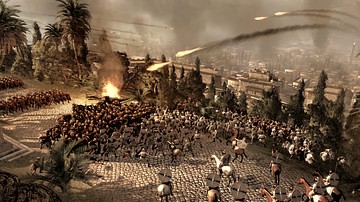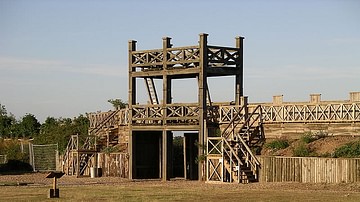With a huge reserve of resources in men and equipment and a culture geared for warfare, the Romans were relentless in expanding their borders and putting their neighbours to the sword. The Roman army, with its well-trained, well-equipped, and highly disciplined professional legions, was both feared and hated across the ancient world.
Technological innovations in weaponry and superb logistics meant that Roman strategies in warfare became ever more varied and certainly more deadly. The Romans did sometimes suffer setbacks such as against Carthage during the Punic Wars, against the Parthians in Asia and, most ignominious of all, against the Germanic tribes. Nevertheless, it would not be until a millennium after its fall that warfare would return to the scale and professionalism that the Roman Empire had brought to the field of combat.
In this collection, we examine some of the unique features of Roman warfare on land and sea. We look at the organisation of the Roman army, its weapons and tactics. And we look at that great spectacle of victory and the dream of every commander: the Roman Triumph.
Julius Caesar's Commentaries on the Gallic War describes the great commander's attention to logistics, decisiveness, and appearance of confidence and their positive effect on the morale of the troops. He also records the importance of innovation, patriotism, discipline, and fortune. In addition, a commander could greatly strengthen his chances of success before the battle by gathering military intelligence of the enemy from captives, dissenters, and deserters.










